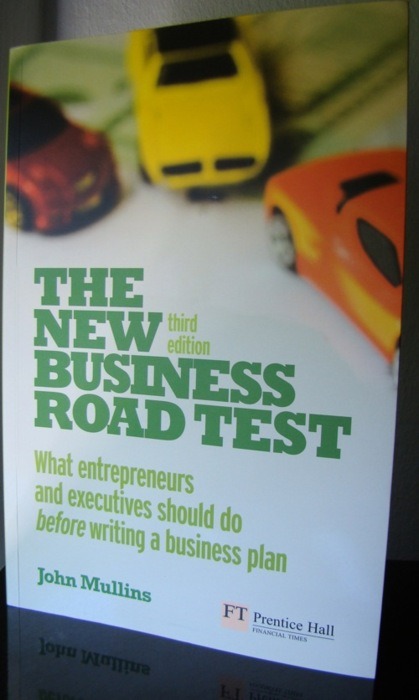In the last two weeks there were some discussions about (enterprise) software sales [1, 2] on hacker news. The main complaint is that software sales are often nontransparent, complicated and highly time consuming.
I think this comment sums the problem up:
As you imply, there are segments in every market. Of course there is a segment of companies with hundreds or even thousands of employees with gigantic budgets. These guys are going to do RFP’s and spend months evaluating the different payroll providers.
Then there is the segment of small guys lik me who have under 10 employees who frankly don’t need anything too complicated. You can say “I am only going to serve large enterprise customers through a complex sales process” and that’s completely fine with me. But don’t pretend to cater to my segment if you are not to adapt your model. —labaraka
The last sentences is probably the most important. Don’t pretend to serve a segment just to be “present” in this segment. If your sales process sucks for this segment then it’s better not to serve this segment at all.
Some big software companies tried to enter the SMB market but most failed. Why? I think that it is really hard to sell for 10-20 years products to big cooperations who want customized modules, pay for consultants and don’t care if a basic module costs $100k and then to try to reduce one’s product, make it easy and create a new sales process for said businesses.
The great thing about this is that there’s always a market for software for SMB even if there are big names out there. Salesforce is such an example. At the time there were big names like Microsoft, SAP or Oracle who fought over market shares for CRM systems but Salesforce decided to gather a different market – a market where people don’t have a multiple millions IT budget or even a IT staff.
But even Salesforce can’t serve the whole tail. Still, there are companies that are overwhelmed by Salesforce’s offer or don’t feel adequately served by them.
In conclusion, as a customer I want to know that somebody cares about my company or my segment. If you are just trying to be present in a segment without really caring, people will go to other companies that care. This will allow entrepreneurs to create companies for different niches that other companies don’t really care about. Care about your customers.



